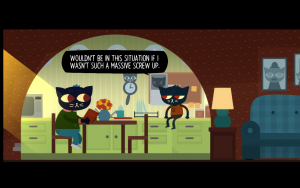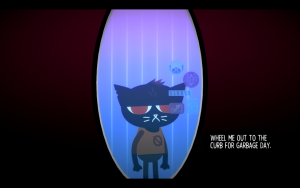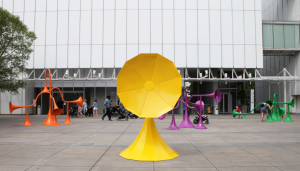There is an app that was developed a while back called Cadenza and the purpose of this app is to have a live orchestra playback for a musician as they are playing the solo line. As a musician and music major this is very important and groundbreaking. Before this, musicians would have to either play along with a recording (that won’t follow you), imagine the orchestra part, or hire a piano accompanist to rehearse. No one just has access to an orchestra whenever they want to practice a solo piece. With Cadenza, musicians can now play and perform their solo repertoire with accompaniment anytime (and at all tempo both practice and performance tempo) and the orchestra will interact with you via microphone and follow you.
The app, created by Christopher Raphael, had to have many programming components to it in order for it run as smoothly as it does. As a musician at Carnegie Mellon, we talk a lot about technology in music and how the role of technology plays. While computer simulated music will never be able to replace real musicians (or will it?), I admire this app because it makes the artificial intelligence part feel natural. I think this project points to a future where electronic music will play a larger role in music of all genres (even ones that usually are not associated with electronics)
https://www.youtube.com/watch?v=mEwbmaWcmaA
This is a video of violinist Stephanie Zyzak demonstrating the Cadenza app. Notice she is playing the Tchaikovsky Violin Concerto but at a much, much slower tempo than the performance tempo and the orchestra still follows her.
Website to Cadenza:
![[OLD FALL 2018] 15-104 • Introduction to Computing for Creative Practice](../../../../wp-content/uploads/2020/08/stop-banner.png)




